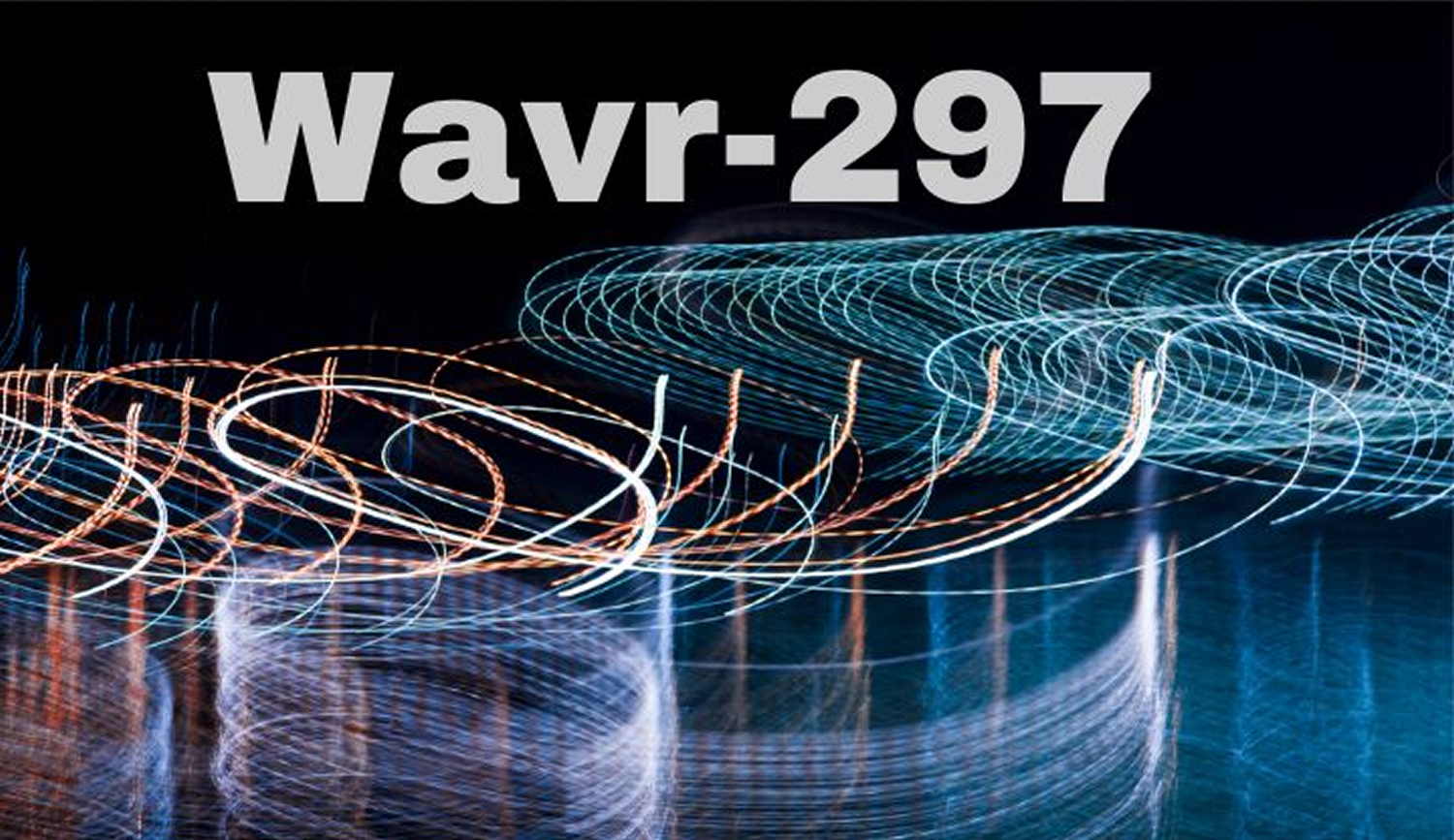Introduction
In the ever-evolving landscape of technology, innovations like Wavr-297 stand out as pioneering advancements poised to redefine industries across the spectrum. This article provides an extensive exploration of Wavr-297, from its inception to its projected future impact, encompassing its origins, multifaceted applications, intricate technical design, existing limitations, and potential for transformative change.
Understanding Wavr-297
Origins and Features
Wavr-297 is the culmination of relentless innovation and research initiated by Anthropic, a forward-thinking startup dedicated to AI safety. Initially conceived as a means to explore novel avenues in data transmission, it has evolved into a comprehensive suite of algorithms and techniques for intricate wave analysis and modulation. Its inception stems from a quest to harness the potential of wave interference patterns, a journey that has led to the development of a technology capable of encoding energy and data into wave signals across various frequencies.
Distinguishing itself with a host of unique features, it boasts unparalleled capabilities that transcend conventional communication paradigms. Its adaptability across radio, acoustic, optical, and even quantum waves positions it as a versatile solution with far-reaching implications. Real-time adaptive signal modulation, embedded data security mechanisms, and high-density information packaging are just a few examples of its groundbreaking functionalities, underscoring its potential to revolutionize data transfer and communication.
Applications Across Industries
Telecommunications
In the telecommunications sector, it unlocks a myriad of possibilities, from facilitating high-bandwidth data transmission in 5G and 6G networks to ensuring secure communication through wave-based steganography. Its ability to dynamically adjust wave modulation in real-time enhances signal integrity, paving the way for more reliable and efficient communication networks.
Healthcare
Wavr-297’s impact on healthcare is equally profound, offering solutions ranging from wireless sensors for remote patient monitoring to wearable diagnostic devices capable of analyzing biosignals. By leveraging wave-based techniques, it enables enhanced medical imaging, potentially revolutionizing diagnostic capabilities and patient care.
Automotive
In the automotive industry, Wavr-297 transforms the landscape of vehicle communication and safety systems. By enabling vehicle-to-vehicle communication and enhancing collision avoidance radar, it contributes to improved road safety and navigation. Moreover, its integration into GPS and navigation systems promises higher precision and reliability in location-based services.
Manufacturing
Manufacturing processes benefit from Wavr-297’s wireless control capabilities, allowing for remote operation of industrial robots and machinery. Additionally, its application in non-contact quality control inspection enhances product quality assurance, while embedded data in radio frequency tags streamlines supply chain optimization.
Defense
Wavr-297 plays a pivotal role in defense applications, enhancing radar and sonar sensors for reconnaissance and detection. It ensures secure tactical communication networks and facilitates the development of resilient control systems for various defense assets, including vehicles, drones, and weaponry.
Functionality of Wavr-297
Overview of Processes
The intricate operation involves a series of complex engineering processes meticulously designed to achieve optimal performance. From data encoding and wave modulation to high-speed signal processing and error correction, each step contributes to the seamless transmission and recovery of encoded data. Modulation controllers and demodulation mechanisms play a crucial role in shaping and deciphering wave signals, while machine learning algorithms optimize encoding parameters for maximum efficiency.
Implementation Across Wave Spectrum
Wavr-297’s adaptability across different portions of the electromagnetic spectrum and sound waves is a testament to its versatility. Whether it’s utilizing software-defined radio modulators for radio waves, ultrasonic transducers for acoustic waves, or electro-optic modulators for optical waves, it demonstrates unparalleled flexibility and integration capabilities. Furthermore, its extension into quantum waves showcases its potential to interface with cutting-edge technologies, paving the way for unprecedented advancements in quantum computing and beyond.
Flexibility and Integration
One of the defining characteristics of Wavr-297 is its seamless integration with existing hardware and systems. Its modular design allows for easy integration into diverse environments, facilitating powerful wave manipulation without disrupting established infrastructure. Whether deployed in telecommunications networks, healthcare facilities, manufacturing plants, or defense installations, it adapts effortlessly to meet the unique requirements of each industry.
Strategic Implementation and Future Outlook
Strategic Integration
Companies embracing Wavr-297 stand to gain a strategic advantage through enhanced operations, increased productivity, and opportunities for innovation. By strategically integrating it into their workflows, organizations can unlock new levels of efficiency and competitiveness, driving industry-wide transformation.
Challenges and Considerations
Despite its myriad benefits, the adoption of Wavr-297 presents challenges that require careful consideration. Complex implementation processes, integration costs, regulatory compliance, and security concerns are among the key considerations that organizations must address. Furthermore, technological constraints such as limited precision over long distances and real-time responsiveness at high frequencies necessitate ongoing research and development efforts to overcome.
Ongoing Research and Improvements
Efforts to enhance the precision, integration, and utilization of Wavr-297 are underway, with researchers focusing on refining modulation techniques, increasing encoding densities, and streamlining hardware integration. By addressing current limitations and advancing the capabilities of Wavr-297, ongoing research endeavors aim to unlock its full potential and drive further innovation across industries.

Future Landscape
Anticipated Ubiquity Across Industries
The widespread adoption of Wavr-297 across industries is anticipated to reshape the technological landscape, driving advancements in communication, healthcare, manufacturing, and defense. As organizations continue to embrace its capabilities, it is poised to become a ubiquitous presence in the modern technological ecosystem.
Advancements: Unlocking New Frontiers
Future developments hold the promise of unlocking new frontiers in technology, with innovations ranging from wave-based computing to stronger encryption and better sensing capabilities. As researchers push the boundaries of wave modulation technology, unprecedented possibilities for innovation and discovery are on the horizon.
User-Friendly Implementations and Seamless Integration
To facilitate widespread adoption, future implementations will prioritize user-friendly interfaces and seamless integration with existing systems. Plug-and-play modular components and simplified deployment processes will enable organizations to harness the power of Wavr-297 with minimal disruption, accelerating its adoption across industries.
Establishment of Standards for Collaboration
The development of industry standards will play a crucial role in fostering collaboration and interoperability within its ecosystem. By establishing common frameworks and protocols, stakeholders can work together to drive innovation and ensure compatibility across diverse applications.
Dependence on Continued Research Investment
The realization of Wavr-297’s full potential hinges on continued investment in research and development. As organizations and governments recognize the transformative impact of Wavr-297, sustained funding and support for research initiatives will be essential to drive innovation and unlock new possibilities.
Conclusion
In conclusion, Wavr-297 represents a paradigm shift in wave modulation technology, offering unprecedented capabilities and opportunities for innovation across industries. As organizations embrace its potential and overcome existing challenges, it is poised to revolutionize communication, data transfer, and information sharing on a global scale. With ongoing research and advancements, the future holds limitless possibilities, ushering in a new era of technological innovation and progress.
FAQs
1. What is Wavr-297?
It is an advanced technology developed by Anthropic, specializing in complex wave analysis and modulation. It enables the encoding of data into wave signals across various frequencies, revolutionizing communication and data transfer.
2. What are its distinctive features?
It boasts several unique features, including multi-frequency encoding, real-time adaptive signal modulation, embedded data security mechanisms, high-density information packaging, low-latency transmission, machine learning optimization, and resilience against interference and ambient noise.
3. In which industries can Wavr-297 be applied?
It finds applications across diverse industries such as telecommunications, healthcare, automotive, manufacturing, and defense. It facilitates high-bandwidth data transmission, remote patient monitoring, vehicle communication, industrial automation, and defense reconnaissance, among other uses.
4. How does Wavr-297 function?
It employs complex engineering processes for data encoding, wave modulation, signal processing, error correction, demodulation, and data recovery. It adapts across different wave spectra using specialized components and integrates seamlessly with existing hardware.
5. What are the strategic benefits of integrating it?
Strategic integration enhances operational efficiency, productivity, and innovation for organizations. It enables streamlined communication, greater data analysis, and precise control, driving industry-wide transformation and competitiveness.
6. What challenges does the adoption of Wavr-297 entail?
Challenges include complex implementation processes, integration costs, regulatory compliance, security concerns, and technological constraints such as limited precision over long distances and real-time responsiveness at high frequencies.
7. How is ongoing research addressing the limitation?
Ongoing research aims to refine modulation techniques, increase encoding densities, streamline hardware integration, and reduce costs. These efforts seek to overcome current limitations and drive further innovation in wave modulation technology.
8. What is the future outlook for Wavr-297?
The future holds promise for widespread adoption across industries, driving advancements in communication, healthcare, manufacturing, and defense. As ongoing research unlocks new frontiers and standards for collaboration emerge, it is poised to revolutionize technology on a global scale.
























+ There are no comments
Add yours